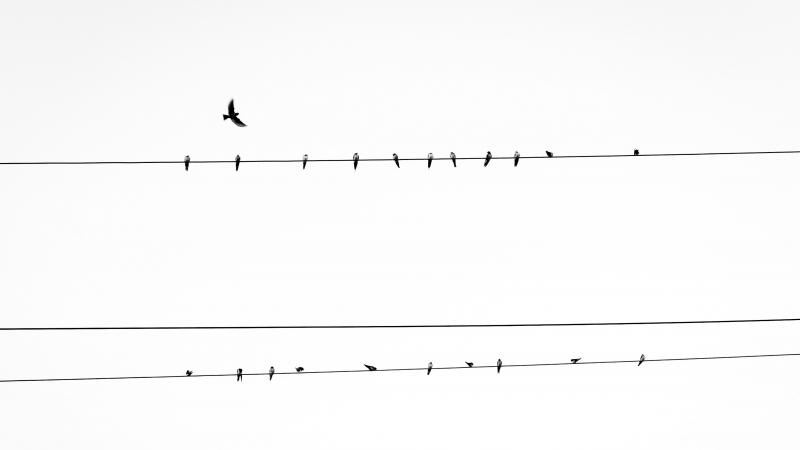
Researchers across the globe are reporting about the negative impacts of urbanisation on biodiversity, and even birds are unable to fly away from this danger. In a recent study, researchers from the KTH Royal Institute of Technology, Sweden, Bombay Natural History Society, Mumbai, Aarhus University, Denmark, ICPO ‘Biologists for Nature Conservation’, Russia and the University of Washington, USA, have reported the effect of urbanisation on the diversity of birds. The study was published in the Journal of Tropical Ecology.
The researchers conducted their study in and around Amravati, a city in Maharashtra. The study, conducted for four months, from January to April, for the years 2010–2013. They evaluated the diversity in the colony of birds in five areas, ranging from rural forest to urban settlements.
During the study, the researchers identified 112,829 birds belonging to 89 species in the study area. With 73 species, the rural forest area harboured the maximum diversity, and this number declined to just 29 species in the city centre of Amravati.
“Along the urbanisation gradient, bird assemblages contained more small species, and the share of frugivorous (fruit eaters) and omnivorous species also increased, while that of insectivorous species decreased”, say the authors about the types of birds observed in the study area.
A similar study about the spatial relationship between different bird colonies in the same area and during the same period reported that the forest area had 20 species of birds that were unique to the region. However, no unique species was seen in the peri-urban and the urban areas. The researchers also found that a developing industrial zone in their study area had almost the same diversity of bird species as compared to the forest habitats during the first year of their study. But, this number decreased significantly in the subsequent years. Few birds like rock pigeon and rose-ringed parakeet took advantage of nesting and feeding opportunities in the growing urban areas and flourished.
The two studies highlight how urbanisation are impacting bird populations with some species being lost forever. On the plus side, some studies have shown that cities still harbour a good proportion of biodiversity even now. Studying the characteristics of such areas that support birds and including them in urban spaces could help us have ample avian neighbours.





